A Sony A7r has been in my camera stable for over half a year and it has proved to be a capable and reliable performer. All cameras bring a few niggles but, with the Sony, my only serious concern has been the DSLR-like noisy shutter and the slight but noticeable shake this generates. Yet the camera has a size and weight that belies its full-frame sensor and image quality from the 36MP sensor is stunning, especially with the Zeiss 35mm or a 50mm Summilux.
Back in April I took the Sony to Greece as a main camera together with the native 35mm Zeiss Sonnar f/2.8 autofocus lens and a brace of Leica M glass. I came back even more impressed with the camera, especially with the ease of focus on the manual lenses. Incidentally, the my Novoflex M adapter for the Sony is tiny in comparison with the wide mount needed for the R series lenses.
The only thing missing has been a mid-range zoom (apart from a few more Sony-Zeiss lenses which I am not minded to buy). For a time I considered splashing out on the Zeiss Vario-Tessar FE 24-70mm with its constant f/4 aperture. I was put off somewhat by lukewarm reviews and, in the end, decided to leave the £1,000-odd that it would have cost in my bank account. I haven’t ruled it out entirely, assuming I stick with the A7 series, but for the moment I have a temporary and relatively inexpensive solution to the zoom dilemma.
Quite by chance I had a twenty-year-old Leica R zoom sitting unloved on my top shelf. It is the cheap Vario-Elmar-R 28-70mm lens which nevertheless has a quite respectable f/3.5-4.5 aperture range. I had mentally sidelined it because of its relatively poor (for a Leica-branded lens) reputation. This reputation I am now not sure it entirely deserves. Manufactured by Sigma as a kit lens for the R series, the Vario-Elmar is considered to be only average both mechanically and optically. But at between £300 and £400 it is something of a bargain❶ when compared with the desirable and rarer 28-90mm f/2.8 Vario-Elmarit which could set you back over £3,000. As I write there is a new, boxed version on eBay for £4,200.
So down came the elderly but new-looking Vario-Elmarit from its place of neglect and it was soon bolted to the Sony via a Metabones L/R – E-mount adapter. Apart from the adapter adding a good 28mm to the 73mm lens length, the ensemble looks well and handles superbly on the camera. Ergonomically it is fine and I notice none of the alleged poor mechanics in the movement of the zoom and focus rings. It feels Leica-ish to me. It certainly looks like a Leica. A big advantage of this particular zoom is that it has a short extension—just 13mm at 70mm. Together with the adapter it weighs 660g compared with the 426g for the admittedly less dense Zeiss Vario-Tessar. Together with the camera, the whole kit and caboodle weighs in at just over 1,100 grams which is about the same as a Leica M with bog-standard 50mm Summicron.
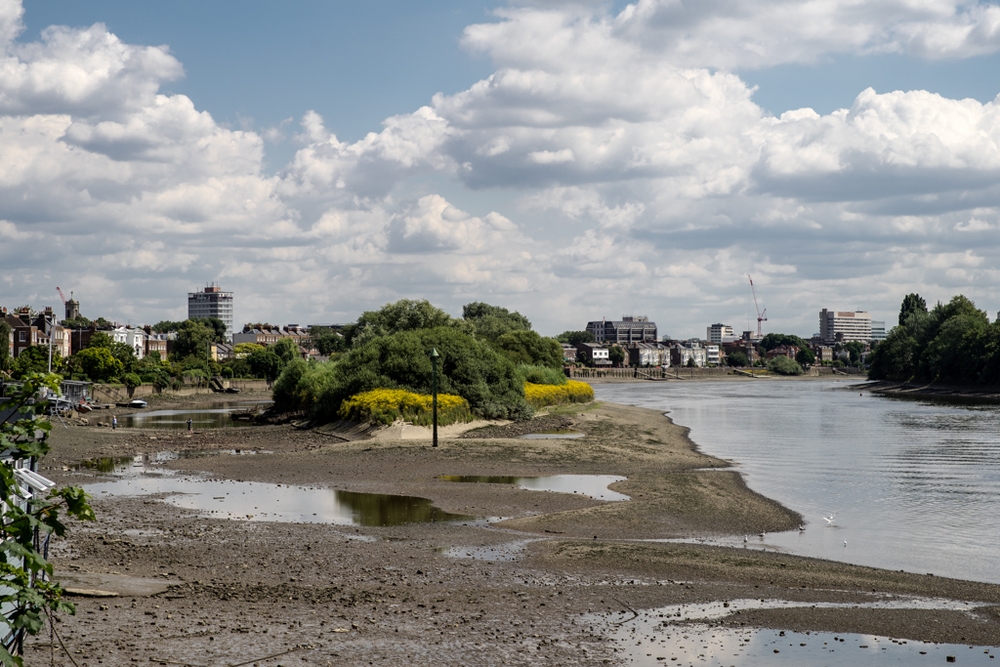
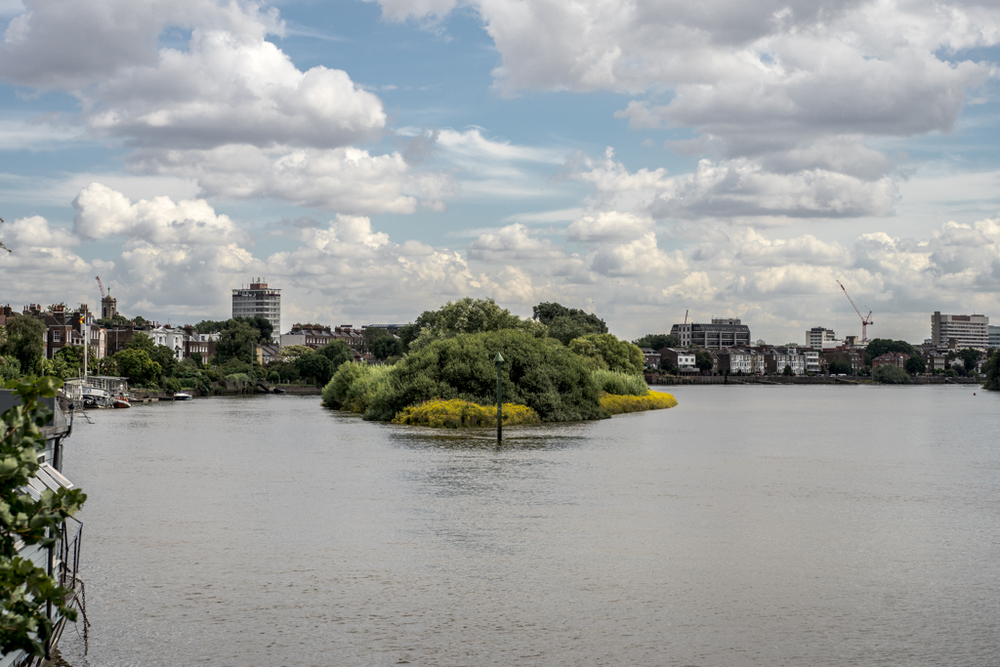
The big surprise was that the Vario-Elmar-R plays surprisingly well with the Sony. I had previously tried it with the Leica M (using the R adapter) but hadn’t been exactly blown away. And, to be frank, I was prejudiced by some of the negative reviews of this lens so I didn’t give it a fair run. I don’t now have the R adapter to make a back-to-back comparison, but I remember that my main misgiving was the poor focus-peak visibility which I put down to the alleged low contrast of the lens. With the Sony’s bolder and less reticent focus peaking system, however, this lens comes to life and is thoroughly enjoyable to use.
UPDATE: I recently acquired a Novoflex M-to-R adapter which is slimmer and much neater than the Leica version. It doesn’t have the tripod mount which probably accounts for the smaller size. Mounted on the M, the R lens does now trigger focus peaking but it is much lighter and more discrete than the Sony on its medium setting (the Leica level is not adjustable). On balance, I find the 28-70R easier to focus on the Sony than on the Leica.

This zoom lens is, of course, fully manual. The camera which means initiating the focus magnification from the camera instead of simply by turning the focus ring on the lens. It also loses that 24mm wide-angle starting point of the Zeiss. Another obvious disadvantage of the R lens in comparison with the Zeiss is the lack of stabilisation. However, 70mm is not too long to be more than adequately corrected by using a faster shutter speed. It is just a matter of common sense as it used to be in the days before optical stabilisation.
Don’t misunderstand. I am not in any way suggesting that this Sigma-Leica is even as good as the Zeiss 24-70mm Vario-Tessar (which I have not had the chance to try). I fully expect the modern Zeiss to be a better overall performer. The Zeiss was designed twenty years after the Leica at a time when quality zooms are beginning to offer IQ competition for primes within the same range.
All things considered, for occasional use and at around £500 including the adapter, the Leica Vario-Elmar-R is a fun lens with a more than respectable performance. It worth keeping for those days when nothing but a zoom will do. And if it takes away the gear-acquisition itch leading to the rather expensive Zeiss zoom, then it has done its job well.
More reading: Leica lenses on Sony A7–the big controversy
________________________________
❶ Shortly after publishing this article I was told that the Leica R28-70 zoom is again rising in price, certainly as a result of demand from Leica M owners but possibly also from Sony A6-owner interest. I suspect this article will do little to stop the rise. Ivor Cooper at Red Dot Cameras has a nice clean boxed example but the price is £699. He also has one at £599, all prices way ahead of what I paid a few years ago. On the other hand, I heard from a friend, John Shingleton, that he had found a mint R28-70 from a Leica dealer in Germany for the equivalent of £250. So it’s all a matter of luck.


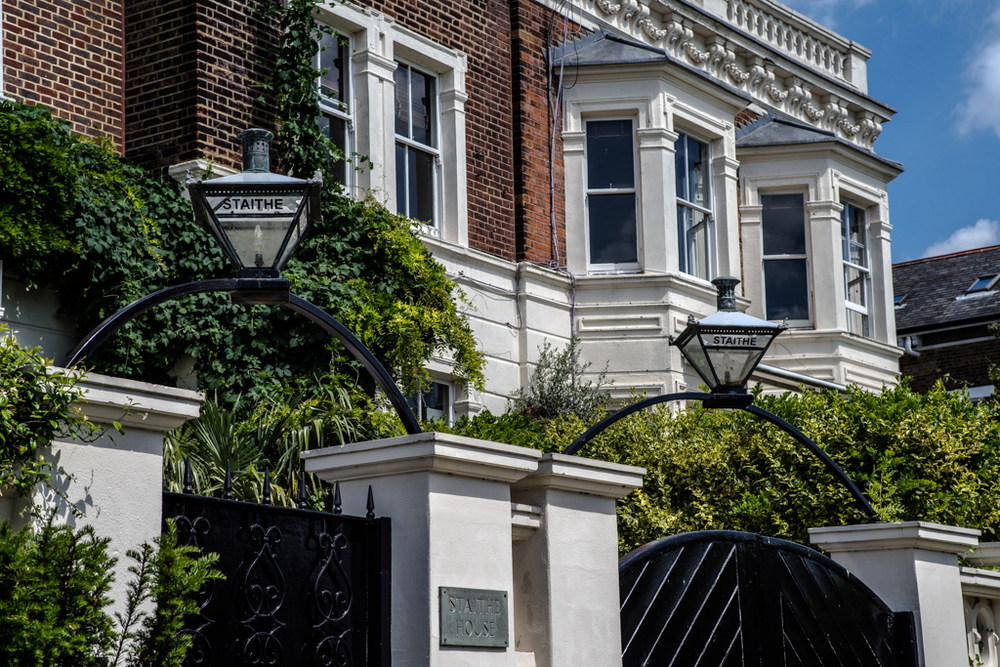

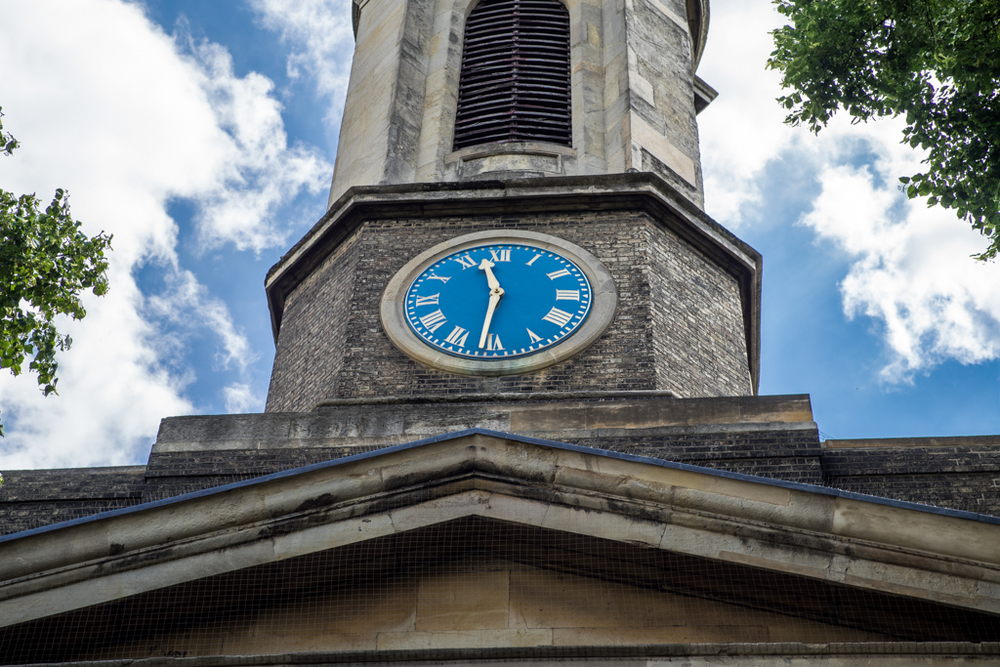
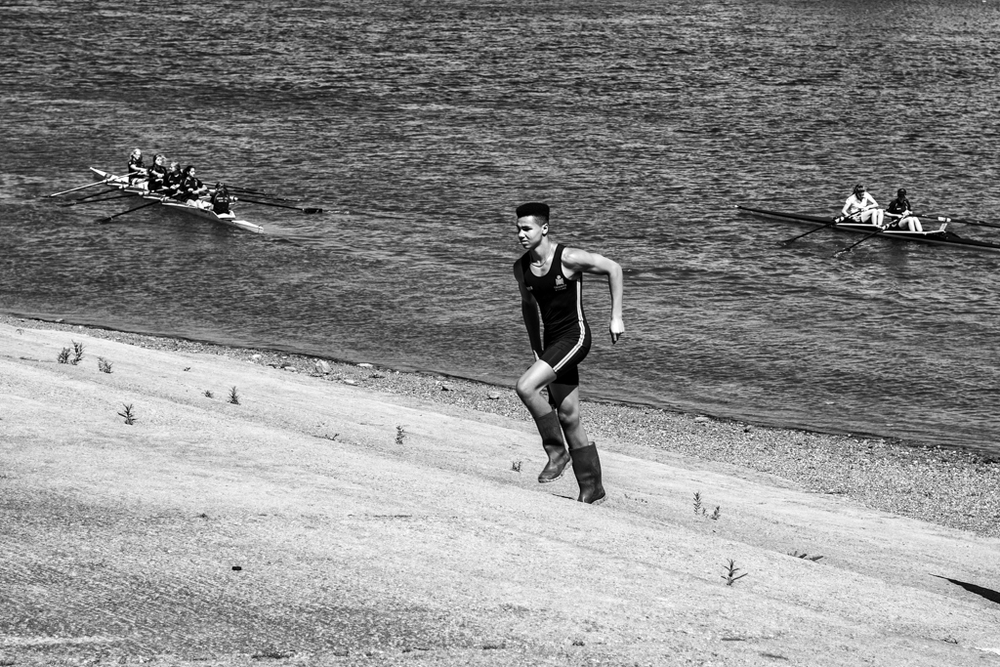
Timely enthusiastic post by Mike as just a few days earlier I had purchased a Vario-Elmarit R off eBay from a Leica dealer in Germany for my new A7 following a recommendation from a friend in the UK who had also bought one for his new A7.
Whilst it is,perhaps,wonderful that we are all "recycling"all these Leica lenses it is a an indictment of Sony that they are not able to offer users of the A7 a proper line up of quality lenses as Fuji have done with the X system.The Sony full frame lenses are either poor or grossly overpriced and in apparently in some cases both.Sony don’t seem to understand that lenses actually matter or perhaps they are all software engineers who believe that a few algorithms can sort out the optical qualities of any lens.
Using the manual focus legacy lenses is not exactly high tech .The adapters are big and clunky and why have autofocus and not be able to use it?
I am hoping that the arrival of my Vario-Elmarit will ignite some positive feelings towards my A7 which I regret buying .The lack of a range of affordable quality lenses is bad enough but the ergonomics and menus are a disaster.Well they are for me .